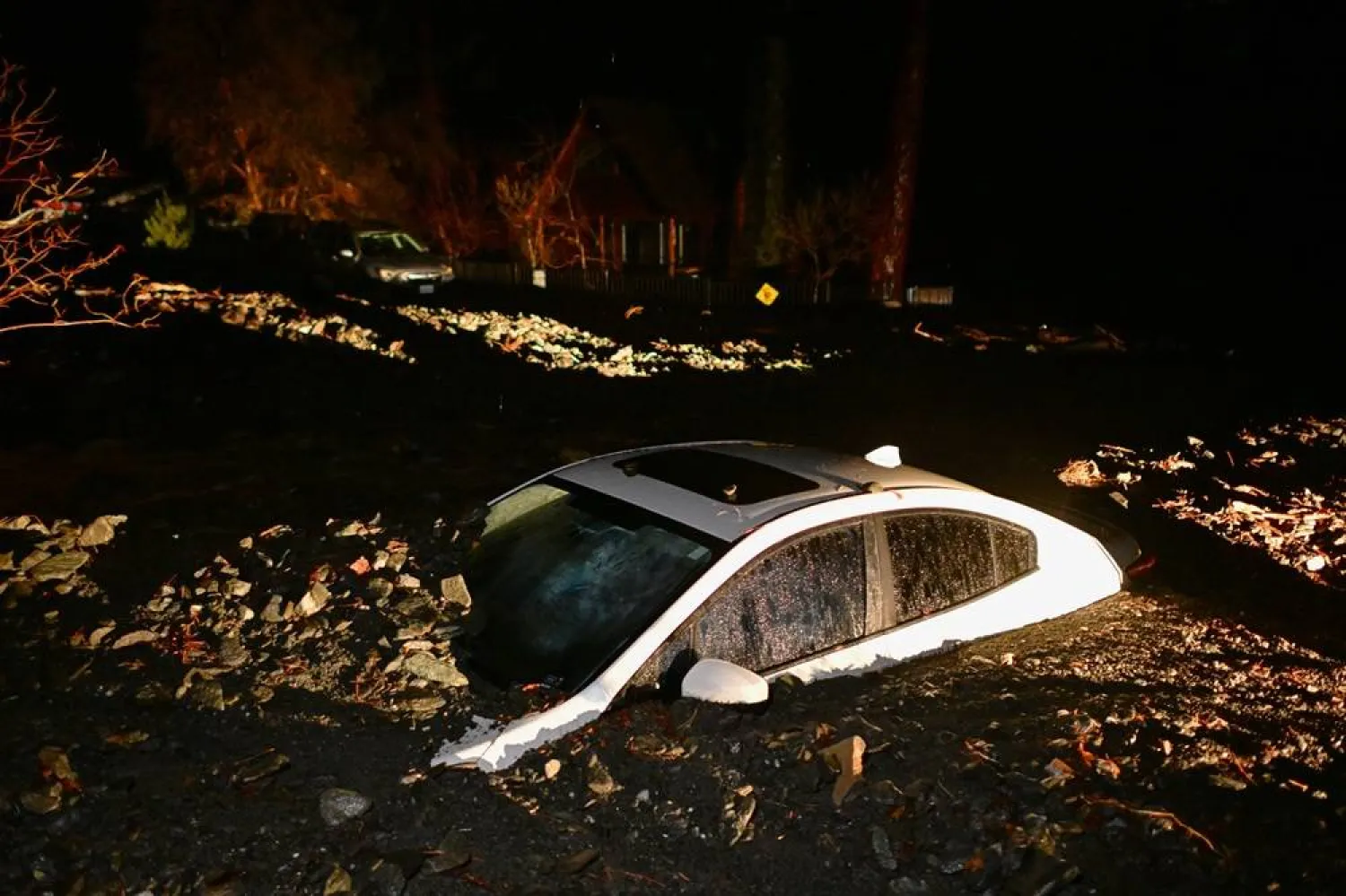Spotting a trademark colorful and elegant bird on the Palos Verdes Peninsula can be exciting for visitors or vacationers, but as the peacock population has rocketed, officials say some of those birds have got to go.
The Los Angeles Times wrote Wednesday that this fall, Rancho Palos Verdes will restart a rarely used program to trap and relocate peafowl from the peninsula in an effort to curb the growing population and limit the animals’ nuisance behaviors with a goal of trimming the numbers by about 30%.
Although some residents are still enamored by the fowl - Rancho Palos Verdes resident Efran Conforty told KCAL News they are the “best neighbors” - the birds have also attracted a lot of haters.
City Council members said they received many letters in support of the trapping and removal program, some that even asked the city to expand it.
“They’re running across the road all the time - it’s dangerous,” said Council member George Lewis at a May meeting.
The council voted unanimously to reinstate the program in the three neighborhoods where officials recorded the highest number of birds.
“It is not the city’s intent to eradicate the peafowl population, but to manage the population at levels identified in 2000 and to educate the public on how to coexist with the birds,” Megan Barnes, a spokesperson for Rancho Palos Verdes, wrote in a statement.
In Rancho Palos Verdes, the peacock population is the highest it’s been since 2014, when city leaders first decided to look into taking action to curtail the number of the birds due to growing complaints about their noise and other nuisances.
Peacocks make a number of sounds, including a piercing and distinctive scream during mating season and when they perceive a threat.
They also clamber on rooftops and through landscaping, causing damage and leaving waste.









